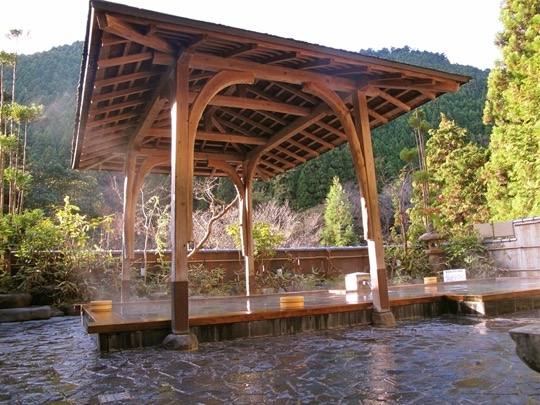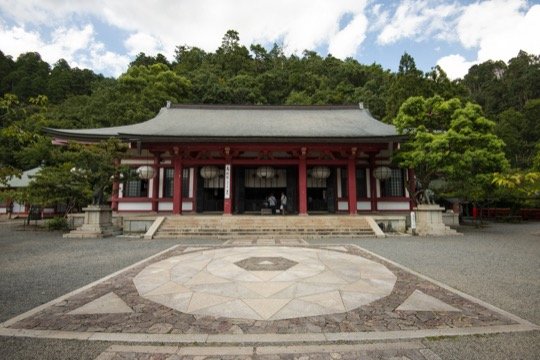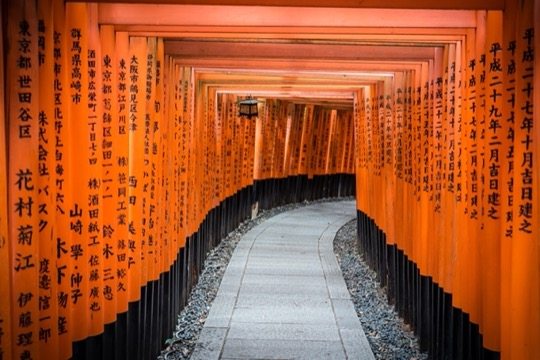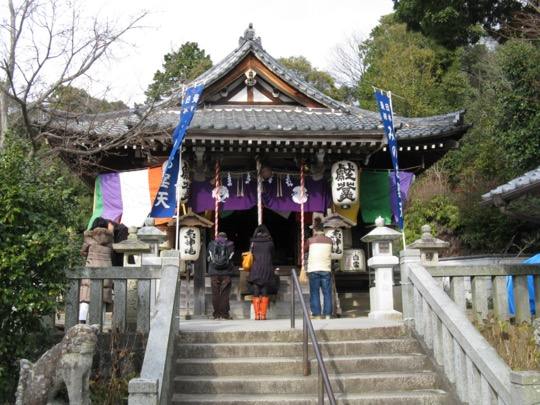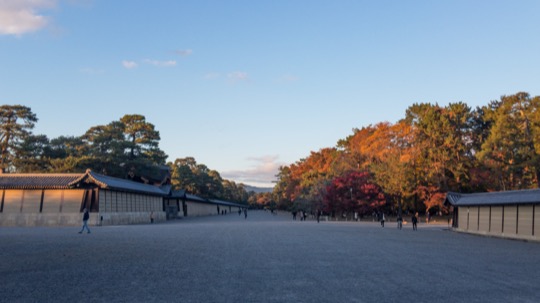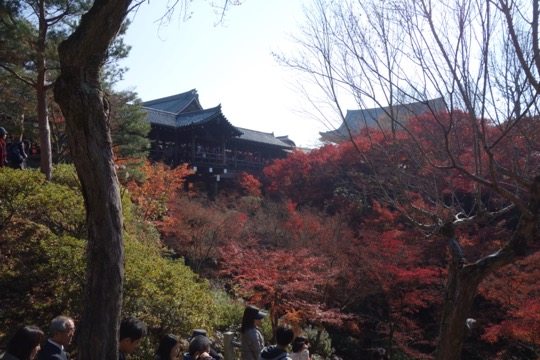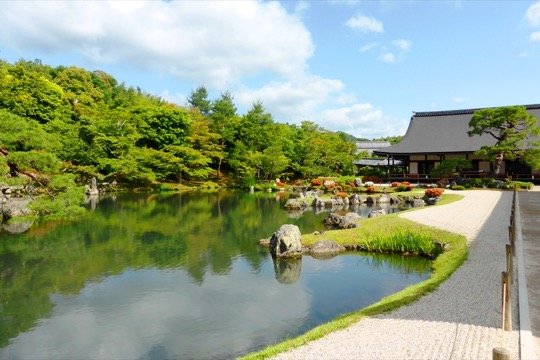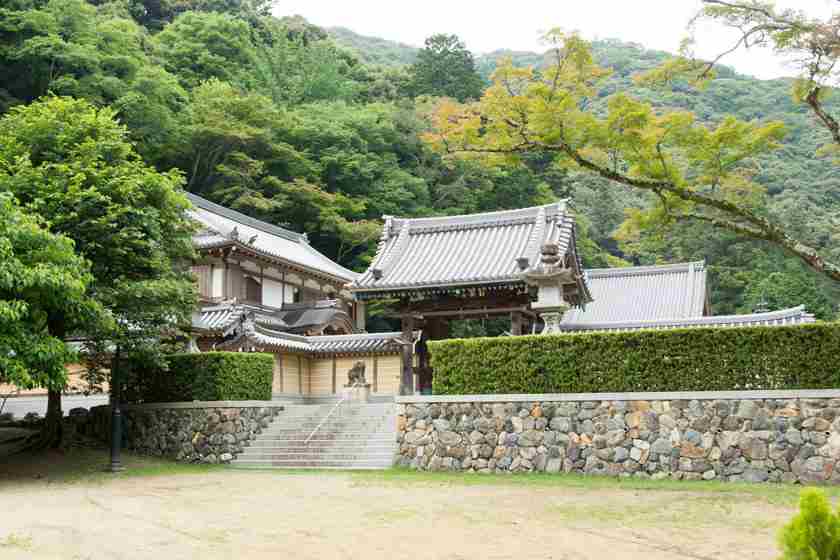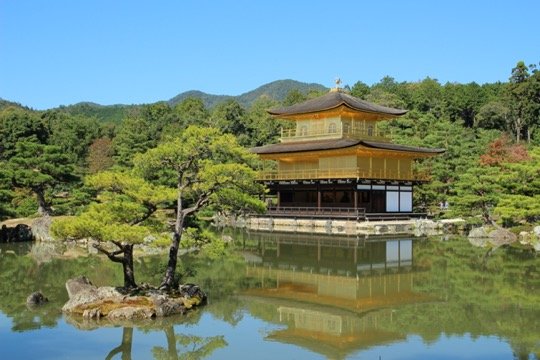Yuki Jinja Shrine
Acient Shinto sanctuary on Mt. Kurama, hosting the Kurama Fire Festival.
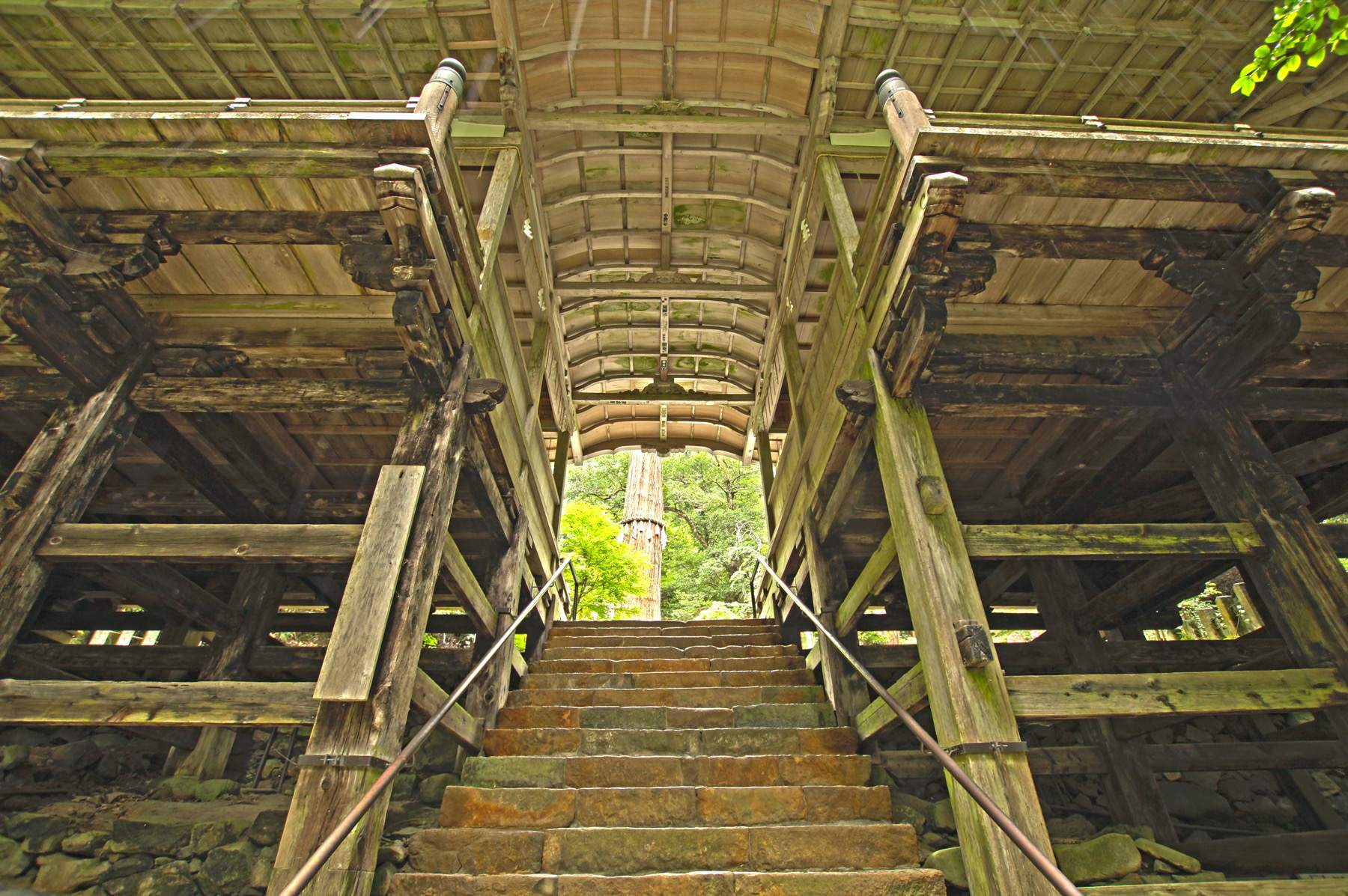
On This Page
The Yuki Jinja Shrine, nestled in Kyoto’s Mt. Kurama, is a site of Shinto nature worship. Established in 940 AD, it offers a tranquil retreat of cultural and spiritual significance, where visitors encounter a unique natural torii gate, an ancient cedar tree, symbolizing the fusion of sacred rituals and serene beauty.
Established in 940 AD by Emperor Suzaku’s decree, Yuki Jinja Shrine was moved from the imperial palace to Mount Kurama to promote peace after the Tengyo earthquake and subsequent rebellion. Also known as Yuki Myojin, it venerates Omoikane no Mikoto and Sukunahikona no Mikoto, known together as “Yuki Daibyoshin,” and serves as the tutelary shrine for Kurama-dera Temple. The Hachisho Daibyoshin are also enshrined here.
Yuki Jinja’s role in the Kurama no Hi-matsuri (Kurama Fire Festival), celebrated annually on October 22, underscores its historical importance. The festival commemorates the welcoming of the shrine’s deity with torches. The shrine’s name, Yuki Myojin, derives from the tradition of offering a “yuki” (bowstring holder) as a prayer for peace during crises.
The main hall and worship hall, rebuilt in 1607 by Toyotomi Hideyori, showcase Momoyama period architecture and are important cultural properties. The shrine complex includes shrines dedicated to Sanpo Kojin, Shirataka Benzaiten, Kanja, Iwakami, and Hachimangu, each serving protective and prosperous purposes.
The sacred Osugi Shrine houses worshipped trees, including three cedars and one kagoki tree, known for wish-granting. A pair of guardian stone Komainu, once at the shrine, now reside in the Kyoto National Museum.
Visitors to Yuki Jinja Shrine can explore its natural torii and peaceful atmosphere. Its proximity to Kurama-dera Temple and the broader Kurama and Kibune district enriches the cultural journey, offering attractions, dining, and accommodations.
Yuki Jinja Shrine is a harmonious blend of nature, deities, and humanity, offering a serene environment for engaging with Shinto traditions.
Getting There the easiest way to reach Yuki Jinja Shrine
Around Yuki Jinja Shrine
Nearby in Kurama the best attractions close to Yuki Jinja Shrine
Kurama Onsen
A tranquil hot spring retreat in Kyoto’s mountainous Kurama district.
Kuramadera Temple
Ancestral home of warrior legends and a spiritual haven for over a millennium
